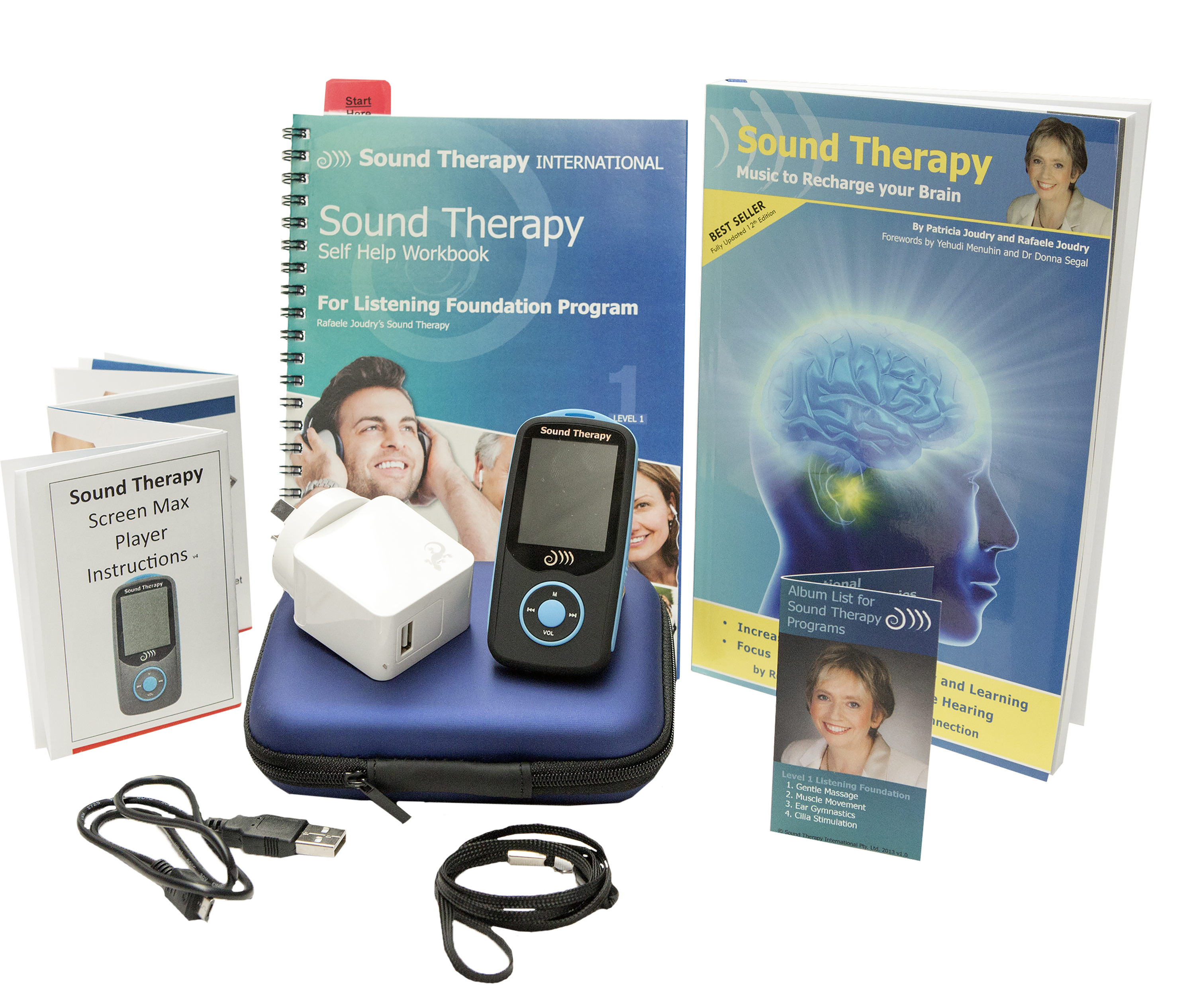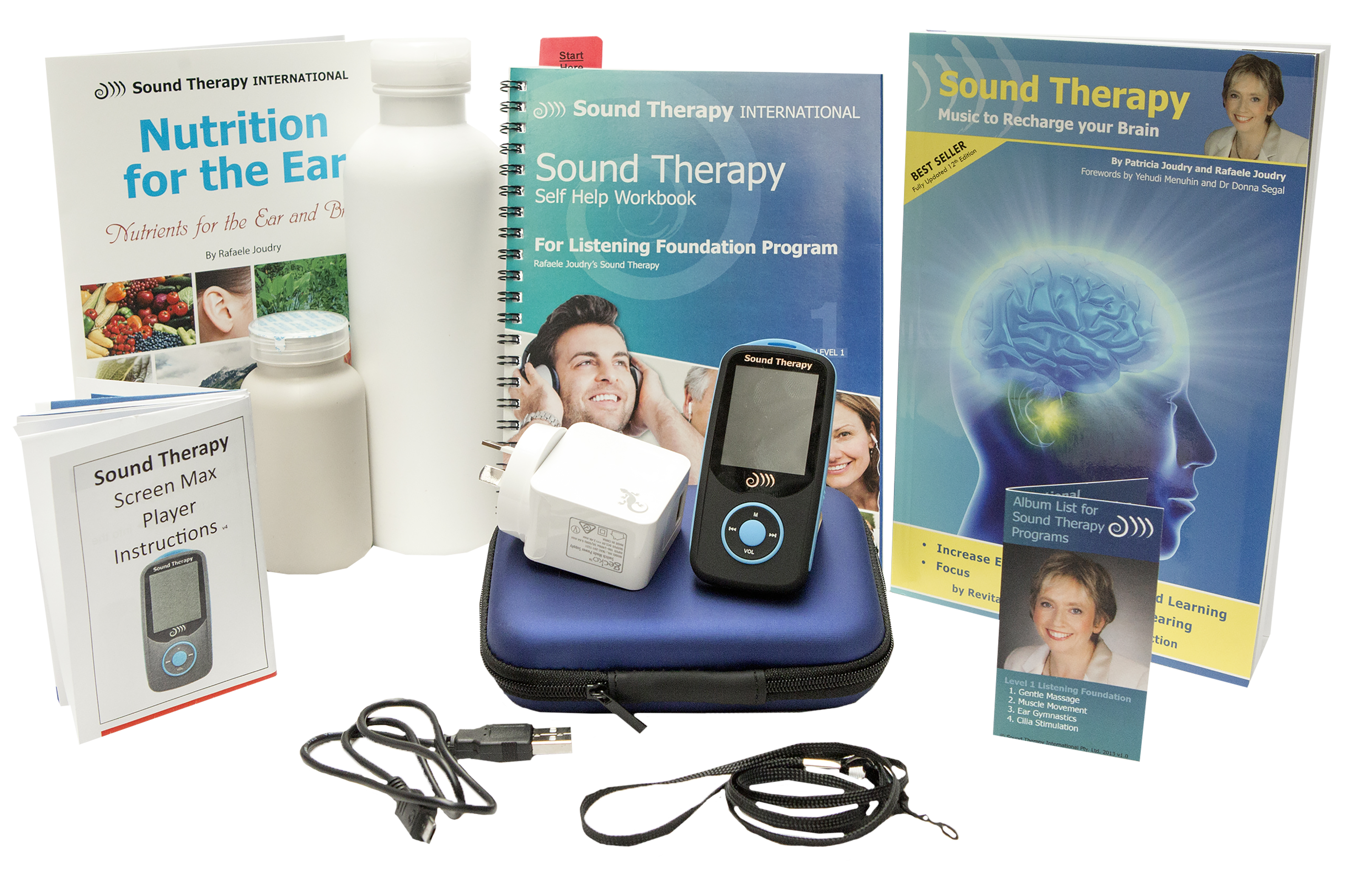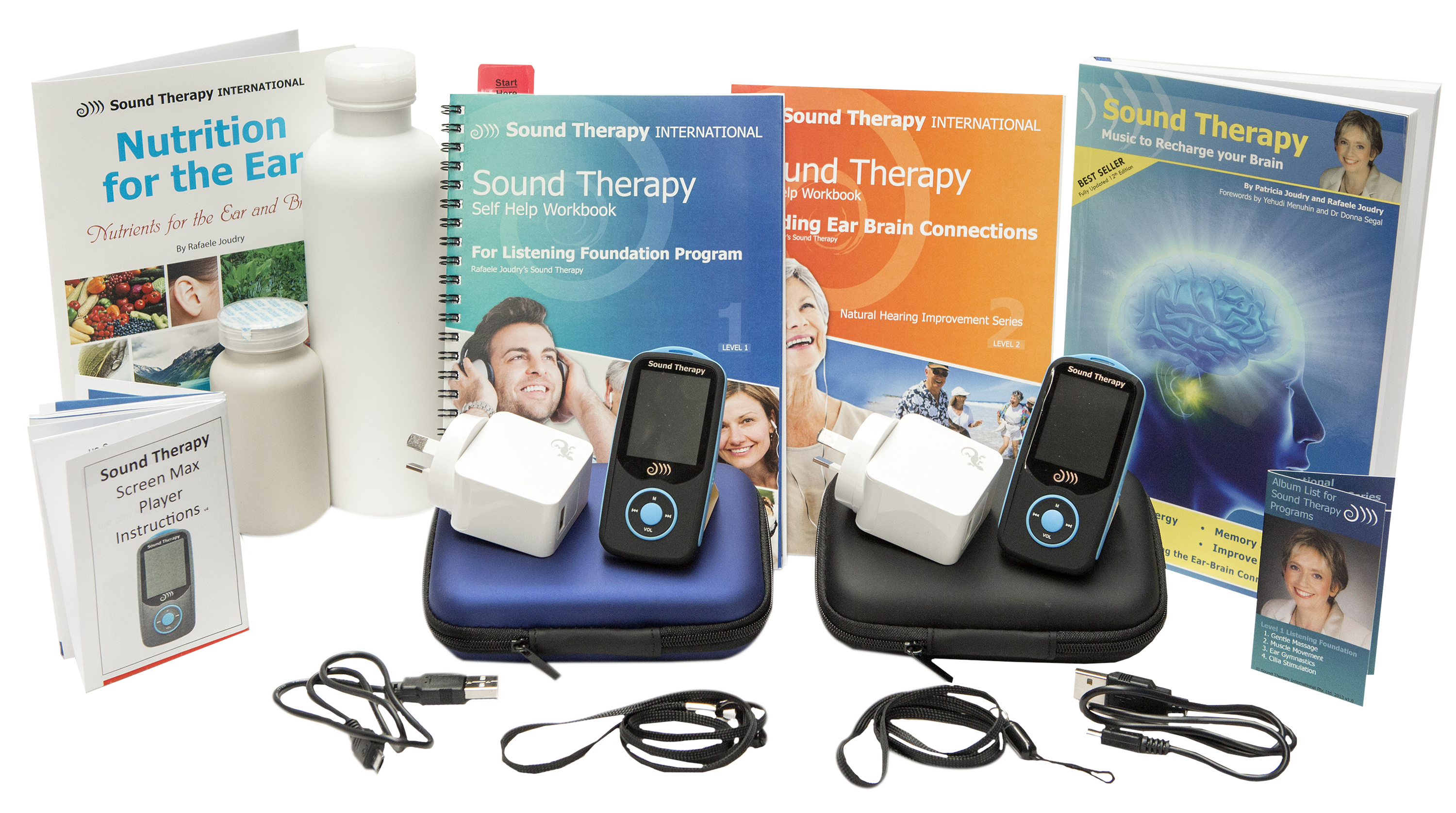White Paper
The science of Sound Therapy for Auditory Processing
Auditory Processing Disorder (APD) describes the inability to efficiently process and give appropriate meaning to sound. An important distinction with this disorder is that there is not necessarily any correlation with hearing impairment.
There is also no relationship between intelligence and APD, as the disorder reflects a problem with a specific auditory function rather than intellectual capacity.
Nowadays these difficulties are identified in children by special education services, while adults who have similar difficulties may not ever have been diagnosed. Auditory processing problems can also be acquired in later life due to stress factors.
Sound Therapy has proven to be a fundamentally important approach to treating auditory processing disorders in both children and adults, for the following reasons.
Research has proven that:
• The left brain is the seat of language
• Left brain stimulation improves the efficiency of sound transmission routes
• High frequencies improve linear sequential processing speed
• Music assists language development
• Classical music improves interdepartmental brain communication
• Language disorders often underlie communication and learning difficulties
• A range of conditions including ADHD, Autism, Central Auditory Processing Disorder (CAPD or APD), and Sensory Integration Disorder can be improved through Sound Therapy.
Auditory processing and the brain
A strong relationship exists between Central Auditory Processing Disorders and language disorders, learning disabilities, and Sensory Integration Dysfunction. (Glendenning 2007.)
The left hemisphere of the brain is the location of the auditory cortex (Heschl’s gyrus), the main processing centre for language, which is a unique trait of humans, and not found in other mammals. (Devlin, 2003.)
Sensory information gathered on one side of the body is transferred to the opposing brain hemisphere. This crossover exists with all our senses, but the auditory sense differs from others in that there are eight different pathways by which it can cross. (Glendenning 2007.)
This demonstrates the complexity of the auditory system and its integration with many areas of brain function.
Auditory and visual sensory pathways became strongly integrated millions of years ago during primitive human evolution to enable spatial mapping.
Sensory Integration
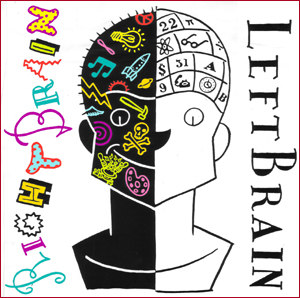
All our senses and numerous brain centres need to act in concert for smooth functioning as a human being.
We attach meaning to sound with reference to our other senses, not just the auditory signals. For example, if someone says, ‘Look at that house,’ the listener must do a number of things.
Firstly, they must understand that they are to give visual attention to something.
Then they must associate the word ‘house’ with a previous memory, stored in the brain, of what a house looks like. And finally, auditory processing allows the person to recognise the tone of voice that was used (i.e. excited or angry) so they can apply the right meaning to the statement.
Most remedial educational programs focus on visual processing. Reinforcement is given to visual skills and visual memory and also corrective visual devices and exercises.
This ignores the fact that such processing disorders usually have an auditory component.
In fact, findings point to the conclusion that language is the primary deficit in central sensory processing skills and cannot be separated from skills involving the visual modality. (Kruger 2001.)
Therefore enhancing auditory performance is often key to improving sensory integration and right-left brain integration. (Joudry, 2004.)
Auditory deprivation
If the brain is deprived of stimulus the pathways lose their function or are taken over for other purposes. (Doige 2008.)
New brain pathways can be developed by stimulation. It follows that to enhance language processing (a left hemisphere function,) stimulation to the right ear must be reinforced. This can be achieved efficiently with Sound Therapy by continually presenting additional stimulus to the right ear. (Tomatis 1991.)
High frequencies improve linear sequential processing speed
Processing speed is a critical element of successful auditory processing.
Hearing is, in fact, our fastest sense.
“The auditory system is built for speed. Hair cells transduce stimuli in
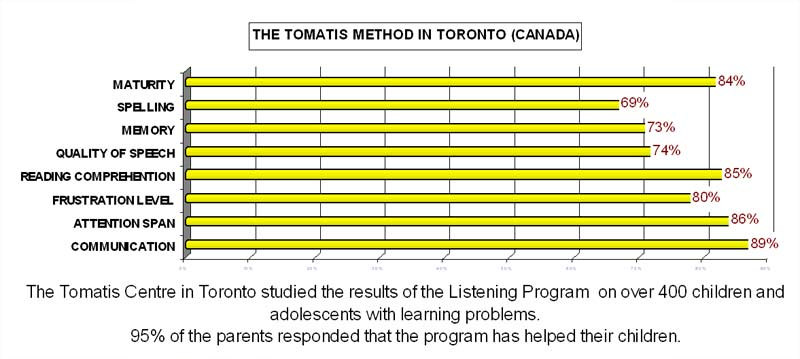
microseconds, a striking contrast to the tens to hundreds of milliseconds required by photoreceptors and olfactory neurons. Axons in the auditory nerve can fire action potentials at rates approaching 1,000 per second.… the auditory system has the highest metabolic rate in the brain.” (Hudspeth, 2000.)
Auditory signals may be delayed by interference at numerous points along the auditory pathway: the inner ear, the auditory nerve, the mid brain or the cortex.
“Anything that interferes with the transmission of action potentials or electronic conduction (e.g. various postsynaptic potentials) could smear the neural representation of a signal.” (Harrison 2002.)
The deprivation of signals to the auditory cortex will result in loss of firing potential and brain space.
Conversely, increasing the intensity of auditory signals helps to develop and enhance synaptic fibres. High frequency sound is the most stimulating and beneficial sound to develop neuronal firing, (Tsutomu 2003) as long as it is kept to a low volume so as not to damage hearing. It has been suggested that Sound Therapy improves nerve function by stimulating myelination.(Gerristen 2009.)
A range of processing problems is due to (Central) Auditory Processing Disorder
Auditory processing disorders can affect gifted children as well as those with learning difficulties. In an article on CAPD and the gifted child, Kay Pittelkow concluded that:
“Auditory retraining can improve or remove the underlying neural problem thereby giving children the ability to learn more effectively when taught by auditory strategies….Auditory retraining, if successful, is said to “cure” CAPD.” (Pittelkow 2001.)
Dozens of studies have been performed in numerous countries on the application of Tomatis based Sound Therapy to auditory processing disorder. The majority of them have found that there is not only is there significant improvement during the treatment period but that this extends beyond treatment. (Sandislands 1989, Jaarsveld 1988, Wilson 1992, Swain 2007, Gilmor 1982, Stutt 1983, Nicoloff 2004.)
Music assists language development
The role of the auditory cortex in the brain is to organize and make sense of the sound signals it receives. The hair cells in the cochlea and the receptor cites in the brain follow an organized “tontotopic” pattern much like a piano keyboard, where sound receptors are arranged in an orderly fashion by pitch.
In addition, various parts of the brain must identify sound quality, tone (vowel differences, consonants, tone of voice) harmonies and complex combinations of sound. (Schonwiesner 2007.) Due to its structured composition regarding pitch, harmony and timing, music (in particular classical music) is a perfect training system for re-conditioning the auditory pathways, (Janata, 2002) because in listening to music…
“the hearer must gradually develop and discover the musical perceptual organizational principles.” (Marin, 1989.)
Language disorders often underlie communication and learning difficulties
Treatment effectiveness could be enhanced with the knowledge that auditory processing problems are a feature of many other disorders. Some of these include autism, dyslexia, learning disabilities, dyspraxia, Asperger’s syndrome, developmental and speech delay, and attention deficit disorder with or without hyperactivity (ADD or ADHD). It is not unusual for the aforementioned disorders to be treated for their behavioural symptoms and for the auditory processing difficulties to be ignored. Because the auditory system influences so many other areas of functioning however, it is an ideal focal point for intervention.
Speech
The ability to correctly reproduce the complexities of sound, timing and nuance of speech depends greatly on the ability of the auditory system to process sound data accurately. Tomatis’s first premise was that “the voice can only produce what the ear can hear.” This has been proven and further confirmed by extensive research into auditory processing of both the pitch and the speed of sounds registered in the brain.
“We show here that the poor comprehension of accelerated speech is paralleled by a limited capacity of auditory cortical responses to follow the frequency and phase of the temporal envelope of the speech signal.” (Ahissar, 2001.)
However, recent research on brain plasticity confirms Tomatis’s discoveries that such processing can be improved through auditory retraining with Sound Therapy.
“Our results, together with recent indications that temporal following is plastic in the adult suggest that training may enhance cortical temporal locking capacities, and consequently, may enhance speech comprehension under otherwise challenging listening conditions.” (Ahissar, 2001.)
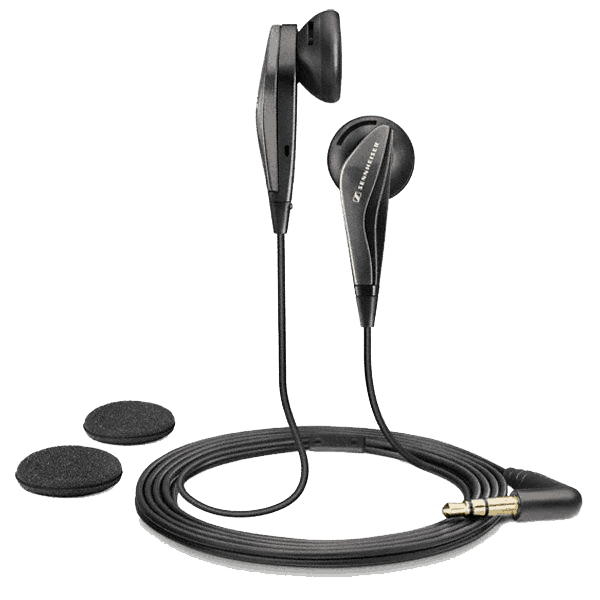
|
or |
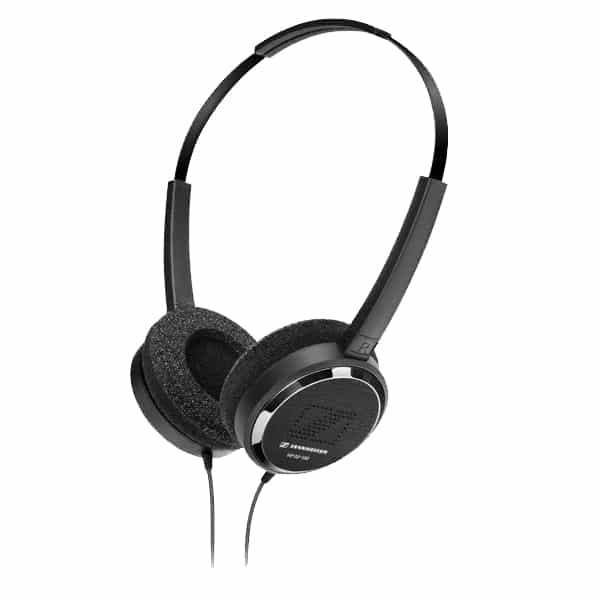
|

|
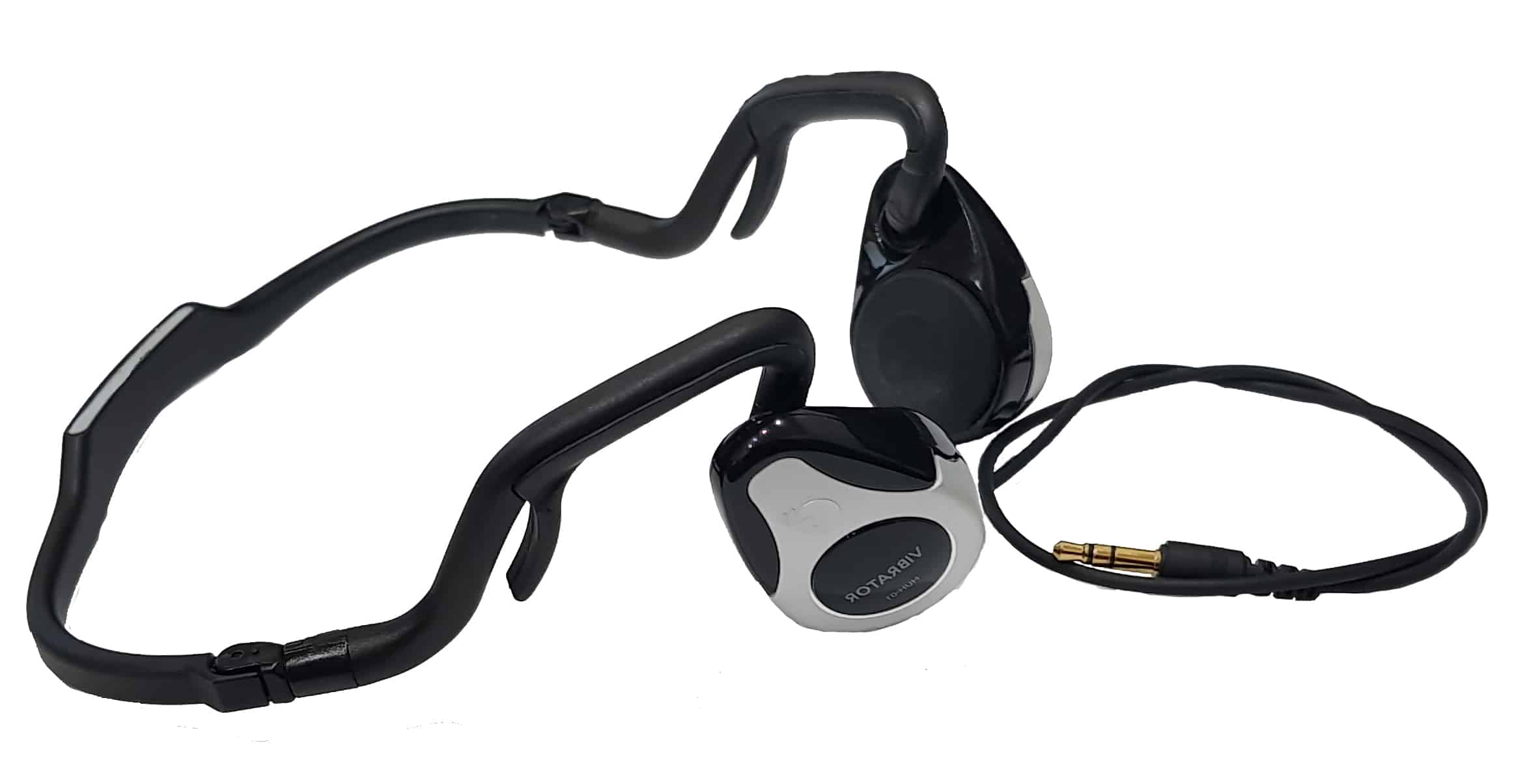
|

|

|
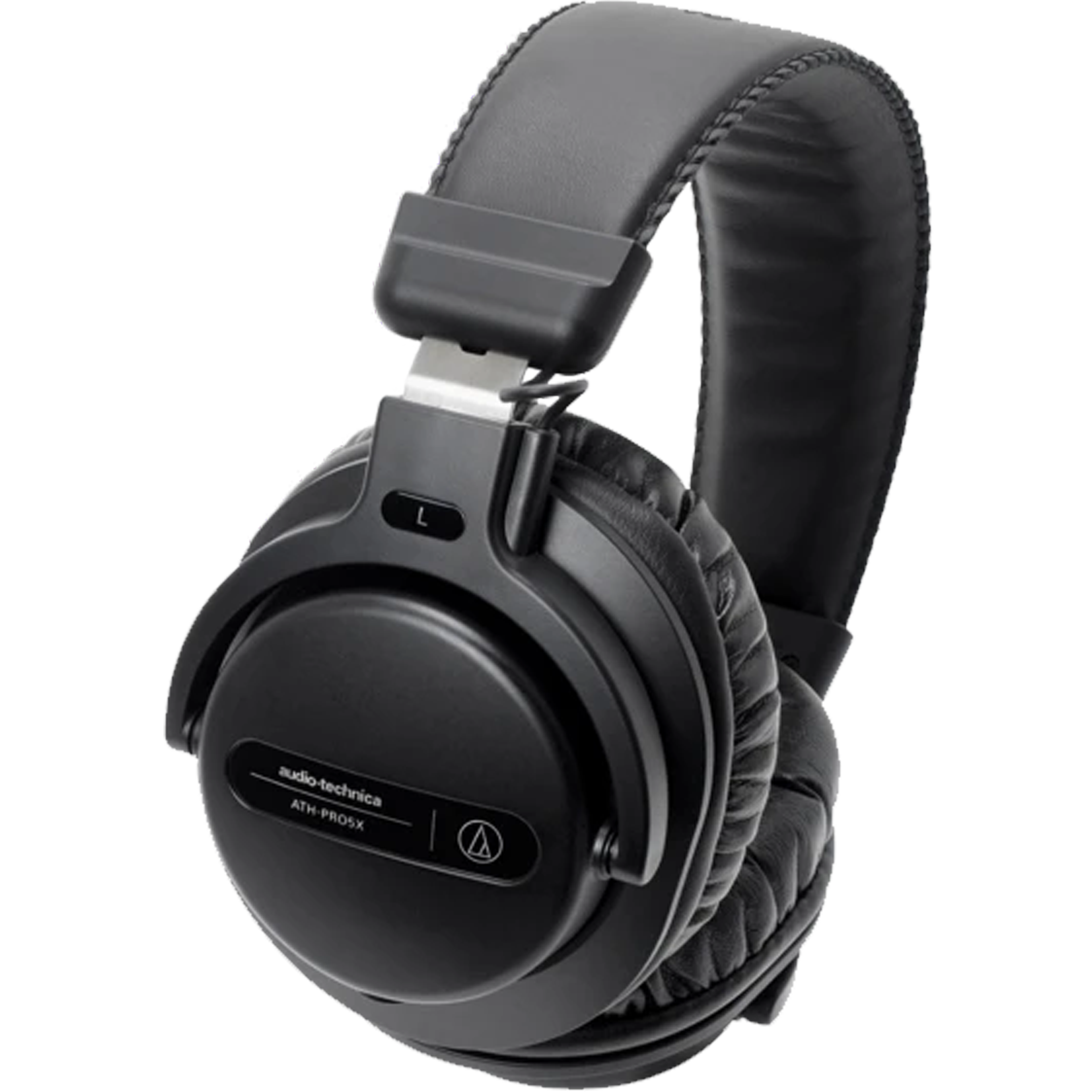
|
| An affordable option with everything you need to get started with Sound Therapy |
| Add the benefits of nutritional support and bone conducted sound to improve your results |
| Contains everything in the Triple Mode package plus our very best headphones and both Level One and Level Two programs. |
SAVE $284
SAVE $430
SAVE $667
REFERENCES
• Ahissar E., (2001). “Speech comprehension is correlated with temporal response patterns recorded from auditory cortex” J Neurophysiol 86:339–353, pmid:11431515.
• Corbett, B.A. et al, (2008). “The effects of Tomatis sound therapy on language in children with autism” J Autism Dev Disord. 2008 Mar;38(3):562-6.
• Devlin, J. et al (2003). “Functional Asymmetry for Auditory Processing in Human Primary Auditory Cortex,” Journal of Neuroscience, – 23 (37):11516-11522.
• Doidge, N. (2008). The Brain the Changes Itself. Scribe Publications, Carlton North, Vic.
• Gerritsen, J. (2009). “A Review of Research done on Tomatis Auditory Stimulation” cited on http://www.mozartcenter.com/research.htm
• Gilmor, T.M. (1982). A pre-test & post-test survey of children’s and adolescent’s performance before & after completing the Tomatis Program. Unpublished manuscript. Tomatis Centre (Canada).
• Gilmore, T, (1999). “The Efficacy of the Tomatis Method for Children with Learning and Communication Disorders: A Meta-Analysis”, International Journal of Listening, Vol 13.
• Glendenning, K. K. (2007), “Midbrain Auditory Pathways Underlying Hearing,” Mankind Quarterly 47, No. 3
• Harrison, R.V. (2002). “Representing the Acoustic World Within the Brain,” Proceedings of the Second International Conference, “A Sound Foundation Through Early Amplification” Sponsored by Phonak.
• Jaarsveld, P.E. and du Plessis, (1988), W.F. , Audio-psycho-phonology at Potchefstroom: A review. Potchefstroom University of Higher Education.
• Janata., P. (2002). “The Cortical Topography of Tonal Structures Underlying Western Music,” Science 298 (5601), 2167.
• Joudry, R. (2004). Why Aren’t I learning? Sound Therapy International, Sydney.
• Kruger, R. (2001). “Relationship Patterns between Central Auditory Processing Disorders and Language Disorders, Learning Disabilities and Sensory Integration Dysfunction,” Communication Disorders Quarterly, 22, no. 2 87.
• Marin, O.,(1989). “Neuropsychology, Mental Cognitive Modules and Music Processing,” Contemporary Music Review, Vol 4, No 1, pp 255-263 (9).
• Nicoloff, F. (2004). Case Studies of Children with dyspraxia Following Intervention with Tomatis Method Program, International Journal of Tomatis Method Research, Vol 1,1 p 21-27.
• Pittlekow, K. (2001). “CAPD and the Gifted Child: Relevance of Central Auditory Processing Deficit to Gifted Eduaction,” GIFTED 121- pp 1, 30-34.
• Sandislands, (1989). M. The Tomatis Listening Training Program: A Quasi-Experimental Field Evaluation, International Journal of Special Education.
• Schonwiesner et al (2007). “Heschl’s Gyrus, Posterior Superior Temporal Gyrus, and Mid-Ventrolateral Prefrontal Cortex Have Different Roles in the Detection of Acoustic Changes,” J Neurophysiol 97: 2075-2082.
• Stutt, H. A. (1983). “The Tomatis Method: A Review of Current Research.” McGill University.
• Swain, D.R. (2007). “The Effects of The Tomatis Method of Auditory Stimulation on Auditory Processing Disorder: A Summary of Findings,” International Journal of Listening, Vol. 21, No. 2.
• Tomatis, A. A. (1991). The Conscious Ear, Station Hill Press, New York.
• Wilson, B.C., et al, (1992). Tomatis Project Final Report. The Listening Centre, Ontario.

